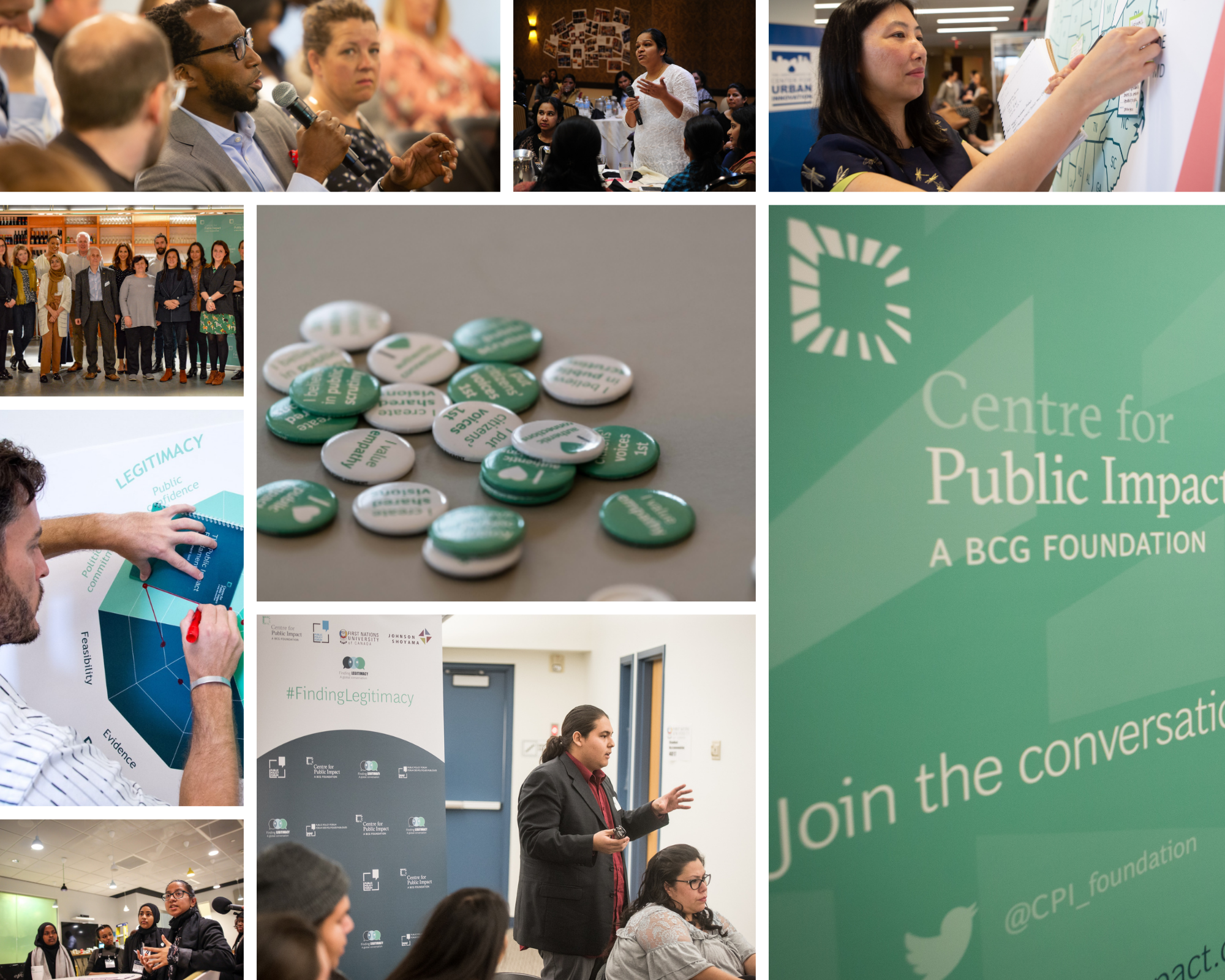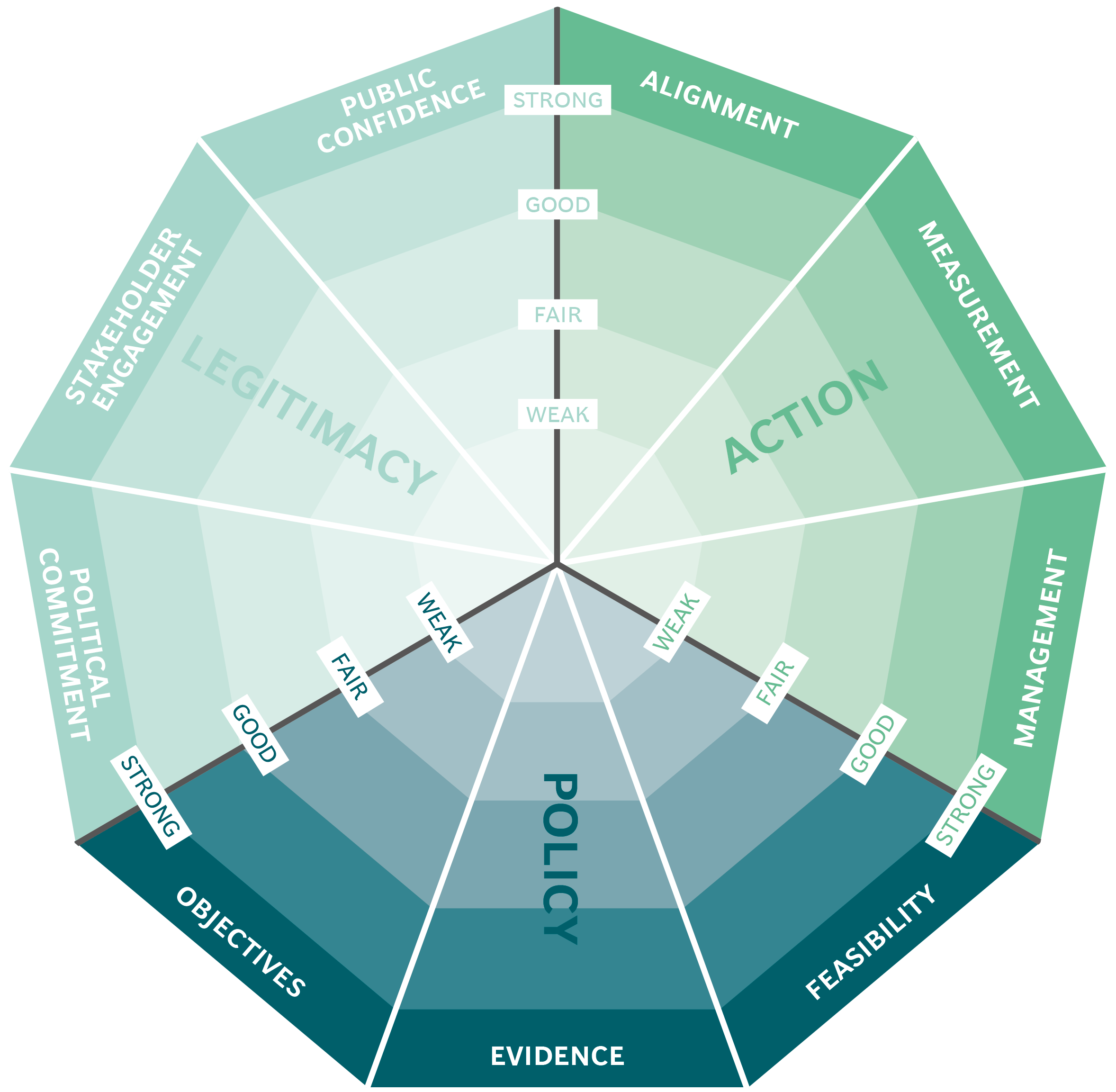
Public Transport in London
The initiative
In 2010, TfL responded to lobbying from software developers, who had long wanted to exploit their data in their application, by setting up the Greater London Authority (GLA) Data Store. They acknowledged that the public, who funded TfL, were the true owners of the data, and announced that the datasets would be made widely available.
They stated that providing this free open data was part of TfL's commitment to being transparent and offering better products and services for customers. It would also help developers use the data to produce innovative and valuable travel information apps for their customers.
The data, available free of charge, was released as part of TfL's commitment to open up the information it holds. TfL would continue to develop its own resources, such as the Journey Planner and the live bus timetables, and these would be complemented by the emerging digital economy or third-party developers creating smartphone apps using TfL's freely provided data.
The challenge
Transport for London (TfL) is the transport authority that runs London’s tube, buses and some of its railway services. In order to deal with the rapid growth in the number of customer journeys, it has to provide a vast amount of information about these services. It has already seen the value of using open data and digital tools in delivering information more quickly. Now it has to take that openness to the next level.The public impact
There has been considerable positive public impact as a result of TfL's open data policy and its own use of data:
- It has made over 30 data sets, including real-time travel feeds, available to developers via the TfL website and the GLA London Datastore.
- Over 5,000 developers have registered for the open data, have created 500 apps, reaching millions of active users.
- Nearly 500 third-party apps are now benefiting from TfL's live open data.
- Live bus travel data saves as much as £58 million a year, by helping Londoners and the city's many visitors plan better routes and avoid long waits at bus stops.
Stakeholder engagement
TfL made several attempts to engage and interact with stakeholders and to
receive their feedback:
- In late 2015, TfL held a number of "hackathons" in partnership with a number of London universities to see how its data could be used to manage the road network more efficiently. Further hackathons are planned throughout 2016. [1]
- The TfL website uses a blog to post updates and request feedback from users of the data and to explain the open data initiative. [2] Feedback can be sent via the API portal. [3]
- TfL launched a public consultation in 2014 to help develop its approach to transparency. [4] Customers and stakeholders were asked for their views on the usefulness of the data and its presentation. Responses were used to formulate a transparency strategy which was published in October 2015.
- TfL engaged some of the developers of existing Smartphone apps and worked with them on the design of the API, allowed them access to early versions, and worked in partnership with them to exploit the possibilities that the data provided.
Political commitment
There is a very strong political commitment. The current mayor has been supportive of the initiative and the programme has spawned several other open data initiatives in the UK.
The wider government is also supportive of the concept of open data as evidenced by the investment they are making in training public sector employees to understand open data, using courses run by the Open Data Institute. [5]
The initiative is part of TfL's digital strategy and of the mayor's commitment to put government data into the public domain through the London Datastore. The mayor sees TfL as well positioned to facilitate people's journeys through London thanks to the support of the capital's successful technology sector.
As people increasingly use mobile devices in every aspect of their day-to-day life, TfL sees it as vital to make its information as easy for customers to access as possible, both through their own services and those of its partners and other third parties.
Public confidence
The strong response to the open data initiative and the public money that it has saved has made this a popular programme, particularly with London’s tech sector. After TfL opened the API, in 2010, requests for data increased from 180,000 to 10 million. [6]Clarity of objectives
The policy objectives were clearly stated and have been maintained throughout the project. This is evident from the fact that a Datastore website has been set up where new data feeds are regularly added and optimised made for developers.[7] This is in line with TfL's commitment to being transparent and helps to provide better products and services for customers.Strength of evidence
We found no information that illustrates TFL drawing from certain standards that were already in place, or utilising evidence for project development. They have consulted stakeholders on delivery and conducted some beta testing for the launch of the programme, such as the live bus arrivals app.
In any case, the decision to open up TfL's data was in large part an experimental one, since the business case for open data was hard to model.
Feasibility
Several concerns regarding resources, costs and capabilities were addressed while TfL developed a model whereby it provides the data and third parties create the apps. This was the chosen model because:
- The cost of keeping up to date with the number of emerging platforms was prohibitive.
- Smartphone app development is not a core business.
- By following a data syndication route, innovation was far more likely to occur.
There were setbacks. In July 2010, a temporary halt had to be called on the newly-introduced API feed as the London open data experiment was unprepared for huge and sudden demand. Owing to overwhelming demand by apps that use the service, the feed had to be temporarily suspended.
Management
There are mechanisms in place to ensure that the programme is effective and the model runs smoothly. The projects are delivered by TfL, the body which has competently led the initiative. There is evidence of issues being promptly resolved, the project does not have a clear structure.
Following a routine security update in October 2010, the supply of some data to developers was inadvertently interrupted and TfL were unable to warn developers in advance of this. They worked directly with developers to address and resolve the issue and also released a statement reassuring users of their commitment to open data. This indicates swift and pragmatic resolution of issues
TfL sees itself as an innovator in the transport field (with some justice, according to the experts): "It's a tradition that goes right back into the beginnings of London Transport,"" said Professor Stephen Glaister of the RAC Foundation. [8] They have significant experience in managing innovation successfully.
Measurement
There is no discrete mechanism in place to measure the performance of the programme for the reason that the adoption of the data by apps are enough to gauge its success. The feedback received from developers during the creation of these apps helps monitor the programme by creating a continuous feedback loop, which also allows for an iterative refinement of approach.
This feedback process is combined with robust quality standards. TfL has a number of data checking procedures in place to ensure that the statistics they produce are of the highest possible quality and integrity. These include a variety of KPIs, mechanisms and an information management standards document.
Ultimately, success is measured by number of apps and products that are created using the data.
Alignment
TfL has initiated and partnered with many organisations in the rollout of the programme, making several initiatives to involve actors and to collaborate with them. However, the data format initially made it difficult for developers to adopt the data, although steps are always taken to overcome this glitch when TfL launched the new single API in 2014 to standardise and use easier formats.
Among its many partnerships, TfL partnered with media and advertising company Clear Channel UK to trial a real-time mapping tool at a Regent.
Street bus stop. This is indicative of looking beyond technology companies to publicise the programme.

The Public Impact Fundamentals - A framework for successful policy
This case study has been assessed using the Public Impact Fundamentals, a simple framework and practical tool to help you assess your public policies and ensure the three fundamentals - Legitimacy, Policy and Action are embedded in them.
Learn more about the Fundamentals and how you can use them to access your own policies and initiatives.
You may also be interested in...


ChileAtiende – a multi-channel one-stop shop for public services

Mexico City's ProAire programme

National portal for government services and Information: gob.mx

Urban agriculture in Havana
